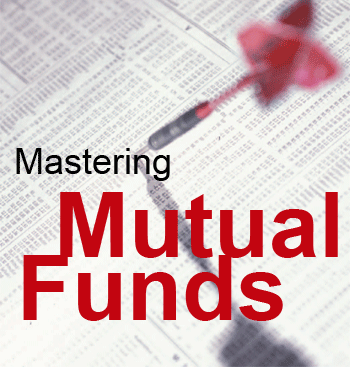A mutual fund can simply be defined as a pool of money belonging to investors, which is competently managed on behalf of investors as an investment portfolio. These funds are specifically under the regulation of the government, as a way of protecting investors against fraud or mismanagement.
If for instance you decide to set apart any lump sum such as $10,000 for investment in a mutual fund, the number of shares to be owned by you will depend on the share price or current net asset value. In another alternative, you may follow the bandwagon to invest in a 401K plan, IRA or any other account at regular intervals.
As a result, you are investing in a fractional part of a large investment portfolio of securities while you are making money in 2 different ways. There may be rise in the price or value of your shares, while your fund is also likely to distribute income called dividends. It is noteworthy to state that dividends are always reinvested for you in order to purchase additional fund shares.
The basics of the investment from the mutual fund company’s perspective:
Their way of making money is by taking assets out of the fund at intervals for the purpose of paying for the management and other running costs, at same time providing them with profit. This can be below 2% of assets annually and it can be as low as 0.5% or less. Mutual fund companies make more money with increases in the pool of assets within the investment portfolio. For the fact that investors have the choice of pulling out their money from any mutual fund, these companies always ensure the happiness of the investor with impressive performances.
Furthermore the three conventional types of funds include: stock or equity funds, money market funds and bond funds. Meanwhile, each of the above mentioned types vary greatly in combination. Be informed that equity funds invest in stocks that are loaded with the best potential go for profit with the largest risk. Its main focus is on growth and possibly some dividend income. Ideally, bond funds usually pay the biggest dividend income to investors from interest earned from the bonds owned in the portfolio while the investment risk is always reasonable.
In general, the equity fund share prices are not very stable, while bond fund share prices reasonably fluctuate almost every time. More importantly, investors are reminded that any of the mutual fund investment is expected to come with losses at anytime. Hence, money markets are the safest mutual fund type because losses are very rare. When investors invest in short term or money market securities, these funds produces interest.
The dividends being paid are determined by the current interest rates while the share price is fixed at $1 without fluctuation.
To conclude, whoever is well positioned to invest and plan to move ahead are expected to invest in a mutual fund. This is particularly true when they have no time, skill or tendencies to maintain an investment portfolio on their own.

